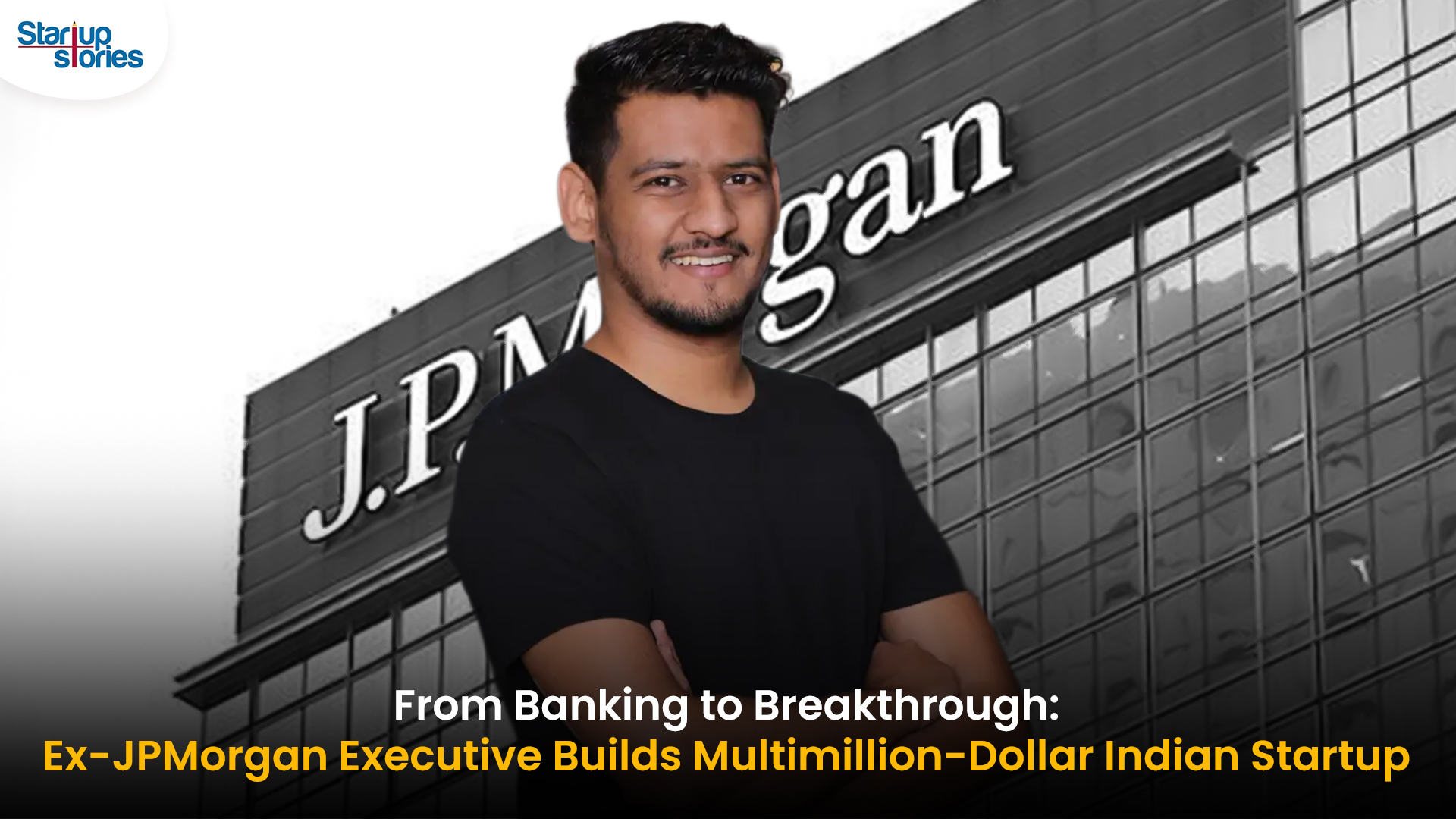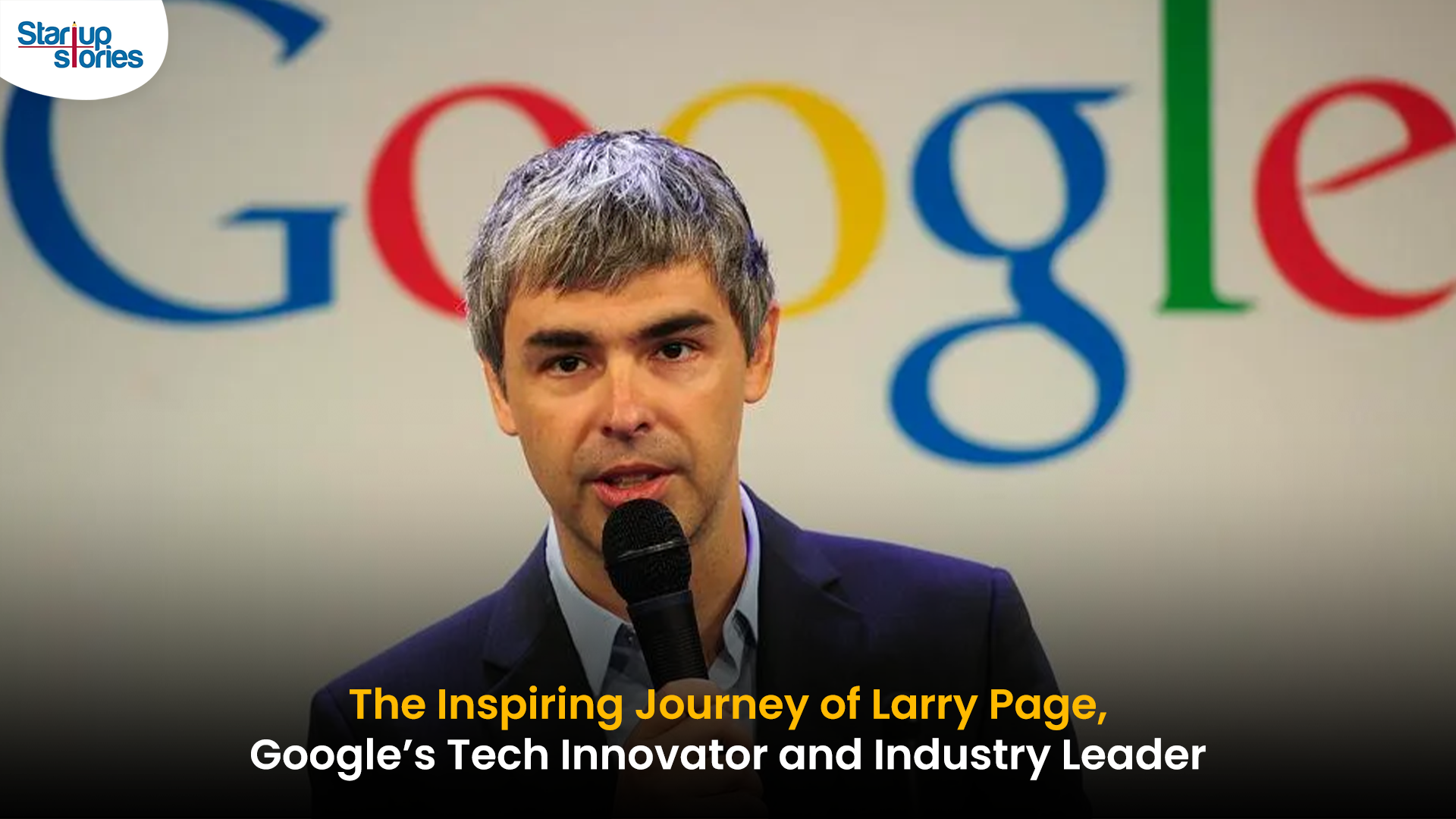Entrepreneur Stories
IKEA And How It Changed The Way People Designed Their Homes

Born in Sweden in the year 1926, Ingvar Kamprad (IKEA’s founder’s) entrepreneurial journey began at the age of 5. Belonging to a family which could not afford the basic necessities on a daily basis, Kamprad’s flair for business came to be when he sold matches to help out his family. Despite cracking a profit in this business early on, Kamprad wanted to try his hand at selling a wide range of things.
Progressing through the years, Kamprad started selling fish, pencils and Christmas decorations by the age of 10. However, like every successful story, Kamprad’s entrepreneur journey was cut short by the increasing popularity of Hitler. Heavily under the influence of a Nazi sympathetic grandmother, Ingvar joined a youth Nazi movement only to realise very quickly that it was perhaps the biggest mistake of his life.
The beginning of IKEA

Despite having such a brilliant flair for business, Kamprad had a major problem; he was dyslexic. A disorder like this was not heard of back then and for people to complete schooling at the time was a big deal! When Kamprad did the impossible at the age of 17, his father gave him some money as seed investment for his dream. This was the first round of funding ever received by IKEA!
With the money his father had given him, Kamprad started working on making his dream come true. IKEA did not sell furniture. The journey began with the sale of frames and small household items. Making the most of an untapped market, Kamprad started making profit from the very beginning.
It was not until the year 1956 that the world of furniture marketing was revolutionized. When Kamprad introduced a new cost cutting system in the form of flat packing, a new way of buying furniture was introduced to the people! The IKEA concept finally started taking shape and new products like POANG and the BILLY bookcase came to being in the market.
The IKEA expansion

With IKEA growing so much, an increase in taxes was but inevitable. To counter the unfavourable taxes imposed by the Swedish government, Kamprad moved his family to Denmark. While most people thought this was a bad idea, the move turned to be a good thing for IKEA. Not only did the company expand to Denmark, it also moved to the United States, France and the United Kingdom.
With the arrival of other classic products like KLIPPAN, LACK and MOMENT, IKEA started to take the form of the IKEA of today. What made IKEA grow so much was that not only did they expand their stores across different locations, they also started developing products synonymous to the IKEA style.
IKEA’s growth through the years has shown that it takes a vision and dream to turn what you want to reality.
Entrepreneur Stories
Indian Man Quits JPMorgan, Takes 70% Pay Cut to Launch $6 Million Startup

Leaving behind a high-paying job at JPMorgan, an Indian entrepreneur embraced a 70% salary cut to pursue true purpose and passion in the startup world. Disenchanted with what he described as a “robotic” corporate routine, he sought meaningful work that made a real impact. This pivotal decision marked the beginning of his new journey, one focused on value creation rather than titles and corporate perks.
Powered by resilience and fresh perspective, the entrepreneur launched his own startup, prioritizing innovation and hands-on solutions. The road was challenging, but his vision resonated with the market: the startup quickly gained traction and raised $6 million—an impressive acknowledgement of its potential in a competitive landscape. Every hard lesson from early setbacks and bootstrapping paid off in real customer growth and investor confidence.
Today, his journey stands as an inspiring example for professionals seeking authentic success outside the corporate grind. By trading comfort for creative freedom, he grew a venture that solves important problems, generates jobs, and builds wealth beyond just salary. For ambitious founders, his story highlights the power of risk-taking, adaptability, and relentless focus on impact in India’s thriving startup ecosystem.
Videos
Larry Page: The Visionary Co-Founder Behind Google’s Global Success

Larry Page is a visionary technology entrepreneur and co-founder of Google, one of the world’s most influential companies. Born in 1973 in Michigan, Page grew up surrounded by computer technology, which inspired his passion for innovation from an early age. He studied computer engineering at the University of Michigan and later pursued his PhD at Stanford University, where he developed the revolutionary PageRank algorithm with Sergey Brin. This technology fundamentally changed the way search engines rank websites, making Google the most accurate and popular search engine globally.
The journey of Larry Page and Google began in 1998 when they officially launched the search engine from a small garage. Leveraging their unique algorithm, Google quickly surpassed competitors due to its ability to deliver highly relevant search results, transforming internet search forever. Under Larry Page’s leadership as CEO, Google expanded beyond search to launch groundbreaking products including YouTube, Gmail, and Google Maps, turning it into a global tech powerhouse that shapes how we access and interact with information online.
Larry Page later became the CEO of Google’s parent company, Alphabet Inc., driving innovation and investment in next-generation technologies such as artificial intelligence, autonomous vehicles, and healthcare solutions. His visionary leadership and commitment to technological advancement have cemented his legacy as one of the most influential figures in the tech industry. Today, Larry Page remains a key influencer in shaping the future of technology and digital innovation worldwide.
Entrepreneur Stories
India’s Tech Story: Airtel Spreads AI Access, Ohm Mobility Lessons

Bharti Airtel has launched the innovative “Airtel-Perplexity Blueprint,” partnering with Perplexity to provide over 360 million customers free access to Perplexity Pro for a year—a benefit valued at ₹17,000 ($200). This collaboration enables Airtel users across mobile, broadband, and digital TV to harness advanced capabilities in generative AI, including leading AI models like GPT 4.1, Claude, and Gemini, along with up to 300 Pro searches daily, image generation, document analysis, and personalized planning services. The move is seen as a milestone for telecom innovation and the democratization of AI in India, making powerful research and productivity tools accessible to a massive user base.
This strategic partnership positions Airtel as an “AI-first” telecom provider, allowing it to gain key insights into user interactions with artificial intelligence and adapt its networks for growing digital demands. For Perplexity, the tie-up grants exclusive access to India’s vast telecom audience, rapidly propelling the app to the No. 1 spot on the Indian App Store, surpassing global competitors like ChatGPT and Google Gemini. Airtel customers can activate their complimentary subscription seamlessly through the Airtel Thanks App, under the Rewards and OTTs section, reinforcing Airtel’s commitment to digital customer empowerment.
The broader Indian startup ecosystem reflects both breakthrough innovation and hard-earned lessons, illustrated by the recent shutdown of Ohm Mobility, an EV financing startup. Despite multiple pivots and industry-leading investors, Ohm Mobility struggled to achieve a sustainable business model—a reminder of the challenges in market fit and adaptability. As AI adoption accelerates and startup realities evolve, industry leaders like Airtel and Perplexity are setting new standards, while others, like Ohm Mobility, offer valuable insights on resilience and the importance of business model flexibility in India’s dynamic tech landscape.















Kgrquplx
May 23, 2025 at 12:42 pm
Explore the ranked best online casinos of 2025. Compare bonuses, game selections, and trustworthiness of top platforms for secure and rewarding gameplaycasino activities.
gkvpquajt
July 18, 2025 at 8:04 am
Home » 1Win Brasil Estratégias Vencedoras: Como Maximizar Seus Lucros em Cassinos Online Read More » December 19, 20241Win Brasil Pin Up, Mostbet, 22bet, 1win i Bet365 dołączyły do programu Aviator, wzbogacając swoje katalogi gier o ekscytujący nowy wymiar zabawy. Zróbmy krótką wycieczkę po tym, co każde z nich oferuje. PHU MAG-TECH Magdalena WąsiewiczNowa Wieś Kętrzyńska 35 11-400 Kętrzyntel.: +48 781 030 316 Osoba do kontakuWojciech Wąsiewicztel.: +48 781 020 214 Qarşılama bonusunu qazananlar ilk depozitdə 200%, növbəti üç depozitdə isə parça-parça 300%-lik ictimai bonus qazanırlar. Minimum qoya biləcəyiniz depozitin məbləği 10 AZN-dir. Visa, Mastercard, FK Wallet, AstroPay, kriptovalyuta kimi ödəniş metodlarından istifadə edə bilərsiniz.
https://sainttran.photo/blog/2025/07/16/co-pisza-o-bizzo-casino-uzytkownicy-reddita_1752670798/
Liczne kasyna internetowe i platformy mają w swojej ofercie grę Aviator. To Pin Up, Mostbet, 22bet, 1Win i inne. Poszukaj renomowanych kasyn internetowych, które zapewniają grę Aviator jako jeden z wyborów, aby zidentyfikować odpowiednią platformę dla siebie. Upewnij się, że wybrany serwis jest autoryzowany i kontrolowany pod kątem bezpieczeństwa oraz uczciwości. Ponadto rozważ sprawdzenie recenzji i opinii użytkowników, aby zapewnić jakość witryny. Pamiętaj, że do hazardu należy podchodzić odpowiedzialnie i podlega on ograniczeniom prawnym w zależności od Twojej lokalizacji, więc upewnij się, że gra w Aviatora w Twoim regionie jest legalna. Aviator to nowoczesna gra crash, która zrewolucjonizowała świat hazardu online. Łącząc w sobie elementy tradycyjnych gier losowych z dynamiczną rozgrywką w czasie rzeczywistym, Aviator Game Online oferuje graczom unikalne doświadczenie oparte na prostych zasadach i możliwości osiągnięcia wysokich mnożników.
srbulylfj
July 22, 2025 at 3:26 am
Are you Over 18? So, what are you waiting for? Get in the game. Live casino games bring the authentic experience of a traditional casino right to your screen. These games are played in real-time, featuring live dealers who interact with you and other players just like they would in a physical casino. Playson Limited is licensed and regulated in Great Britain by the Gambling Commission under account number 41337. Playson Limited holds a recognition notice certificate number RN 101 2018 granted by MGA on 3rd December 2018. The Buffalo King Megaways slot review has shown that it is a remarkable slot game that successfully builds upon the legacy of its predecessor. Whether you are a fan of the original Buffalo King or simply seeking a unique Megaways adventure, Buffalo King Megaways is sure to captivate and thrill. Embark on this majestic journey and uncover the hidden treasures that await amidst the untamed wilderness of North America.
https://invatacunoi.ro/sweet-bonanza-background-design-is-it-manipulating-user-emotion/
Buffalo King Megaways does offer free spins! Land four or more of the Bonus symbol on any of the reels to trigger the Bonus Free Spins round. The number of symbols determines how many free spins the player gets: Online slots are a staple of any online casino, and King Casino is no exception. You can play our slots for real money; each slot is different, from layout to gameplay. In addition, they can have completely different themes; you can get slots set in ancient Egypt, you can get fishing-themed slots, and you can even get outer-space slots. And that’s just the beginning! Name* On our site, you can find online slots from industry giants such as Microgaming, NetEnt, Pragmatic Play, Play’n GO, Red Tiger Gaming, and many more. We also have online versions of casino classics like roulette and blackjack, as well as live casino games.
GO88
November 5, 2025 at 10:52 pm
Tham gia cộng đồng game thủ tại Go88 để trải nghiệm các trò chơi bài, poker phổ biến nhất hiện nay.
J88
November 6, 2025 at 10:52 am
Đến với J88, bạn sẽ được trải nghiệm dịch vụ cá cược chuyên nghiệp cùng hàng ngàn sự kiện khuyến mãi độc quyền.
谷歌外推
November 10, 2025 at 9:50 am
采用高效谷歌外推策略,快速提升网站在搜索引擎中的可见性与权重。谷歌外推
MM88
November 20, 2025 at 6:26 pm
Khám phá thế giới giải trí trực tuyến đỉnh cao tại MM88, nơi mang đến những trải nghiệm cá cược thể thao và casino sống động.
iwin
November 21, 2025 at 10:56 pm
iwin – nền tảng game bài đổi thưởng uy tín, nơi bạn có thể thử vận may và tận hưởng nhiều tựa game hấp
MM88
November 28, 2025 at 8:11 pm
Với giao diện mượt mà và ưu đãi hấp dẫn, MM88 là lựa chọn lý tưởng cho các tín đồ giải trí trực tuyến.